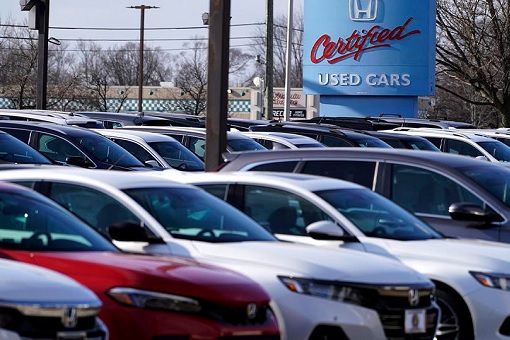When you think of saving money on a car, leasing, or buying used are the two most likely scenarios. Leasing can allow you to get a nicer model off the lot than you’d ever be able to afford, but it doesn’t always add up from a financial standpoint. New vehicles may be the most sought-after, but they are also the most expensive and require a lot of money. For someone who wants to strike a balance between budget and quality, they may often feel like they’re at a catch-22. In this guide, we’ll cover some tips on how to save money for a new car fast while comparing the pros and cons of new, used, and leased vehicles.
How Much Money Should You Save Before You Buy or Lease?
You will need to put money down when you buy or lease a car. Leasing is not always affordable, either. The average monthly car lease around $400, so it could actually cost you far more to lease than purchase a new vehicle with a more sizable down payment. In general, you should have at least $2,000 to put down on a new car.
If you’re leasing, you don’t want to put down more than this figure at the max. You might decide to lease over buy if you don’t have a large sum of money to put down but you have good credit and want to explore different car models before buying your own. On the other hand, buying is a long-term investment that generally pays you back more. Because you build equity on your vehicle, you gain it as a financial asset as opposed to only paying to use a car through a lease.

How to Save for a Car Quickly
In addition to boosting your monthly savings contributions, you need to find ways to expand your budget. Side jobs can be a good way to earn several hundred to over $1,000 a month if you commit at least 15 hours a week. For some people, the weekend is prime time to work a part-time gig and earn some extra money for an investment like a new car. Others may find it better to reduce their debts through negotiation, consolidation, and refinancing. You can refinance student loans through a private lender to reduce your payments, lower your interest rate, and save more money.
Used vs. New Car: What to Look For
There are things to consider besides initial cost like which cars get the most traffic tickets and the costs of insurance. But if your only goal is to save money, then a used car makes sense on paper. However, you have to be cautious when considering second-hand vehicles. Unless you buy from a reputable dealership or seller, you run the risk of taking on a car with a lot of mechanical problems that will cost a fortune to fix. When you buy a used car, it’s best to steer clear of any car with a mileage over 12,000 per year of its age. You can also request to have a car inspected by a mechanic before you commit to a purchase.
New vehicles can save you the most in the long-run due to greater technology and fuel efficiency. The biggest drawback is the upfront cost, which can set you back by $40,000 to over $100,000 depending on the type of car you want. Ultimately, it’s best to weigh your current budget with your lifestyle and preferences. If it makes more sense to buy, but you don’t have enough available, consider saving up for a few more months so you can ultimately get the greatest bang for your buck.

|
|
March 24th, 2022 by financetwitter
|


|

|

|

|

|

|




























Comments
Add your comment now.
Leave a Reply